Gardening advice gets passed down through generations, but not all of it is true! Here are 18 common gardening myths debunked, so you can grow a healthier, more productive garden with confidence.
Myth 1: Watering Plants Daily is Best
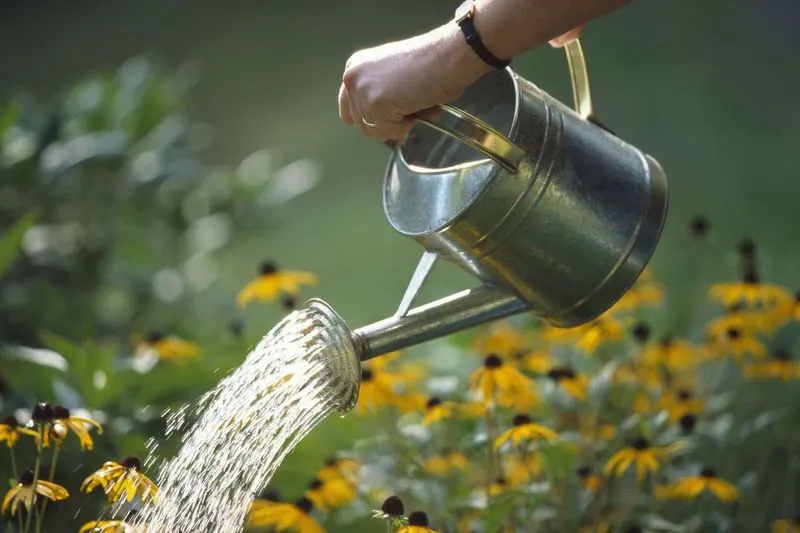
Contrary to popular belief, daily watering isn’t always beneficial. Overwatering can suffocate roots and lead to diseases. Plants need time to absorb and use water, so understanding their needs is crucial.
Checking the soil’s moisture level before watering ensures you are not drowning your plants. Adjust watering frequency based on weather conditions, plant type, and soil. Remember, more plants die from overwatering than underwatering.
For example, succulents and cacti prefer dry conditions and need less frequent watering. Tailor your watering schedule to each plant’s specific requirements for optimal health.
Myth 2: Organic Pesticides are Completely Safe
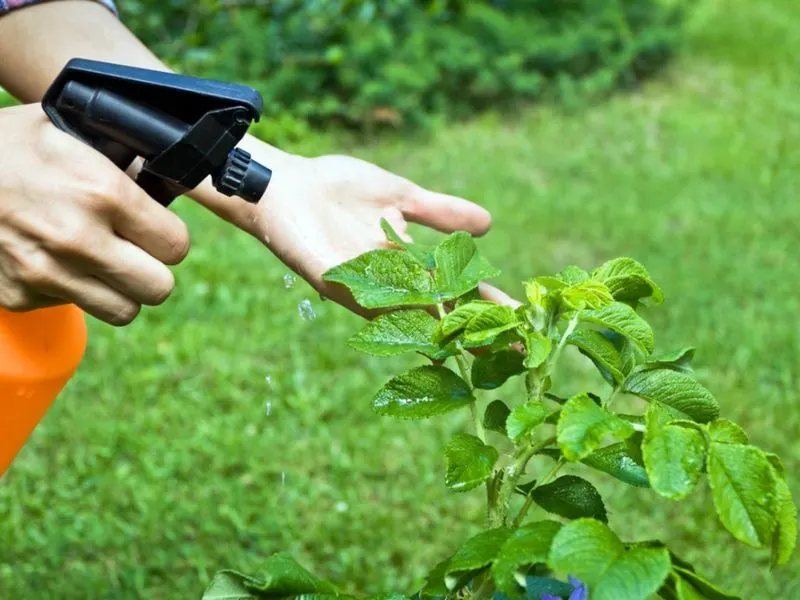
Many believe organic pesticides are harmless, but they can still affect beneficial insects and the ecosystem. While they are less toxic than synthetic options, caution is necessary.
Understanding the active ingredients and their impact on the environment remains important. Always follow application instructions and consider alternative pest control methods, like introducing beneficial insects.
Even organic compounds can harm bees and other pollinators if misused. Therefore, apply them during times when these insects are less active, ensuring you protect your garden’s biodiversity.
Myth 3: Talking to Plants Helps Them Grow
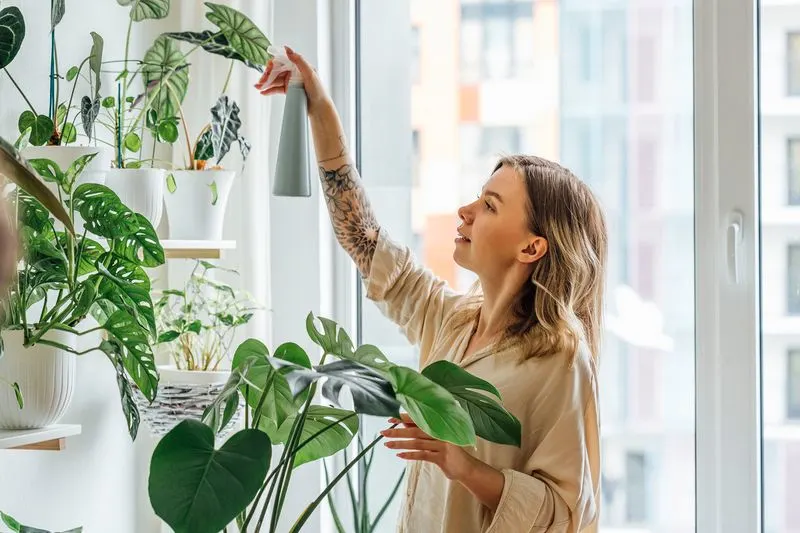
The idea that plants benefit from conversation stems from the belief in positive vibrations. While there’s no scientific proof that talking directly stimulates growth, the care and attention you give can.
Engaging in conversation might encourage gardeners to spend more time with their plants, observing their needs and spotting issues early.
Moreover, the carbon dioxide you exhale is beneficial, albeit minimally. The key takeaway? While chatting to plants isn’t magic, the nurturing environment you create makes a world of difference.
Myth 4: Adding Sand to Clay Soil Improves Drainage
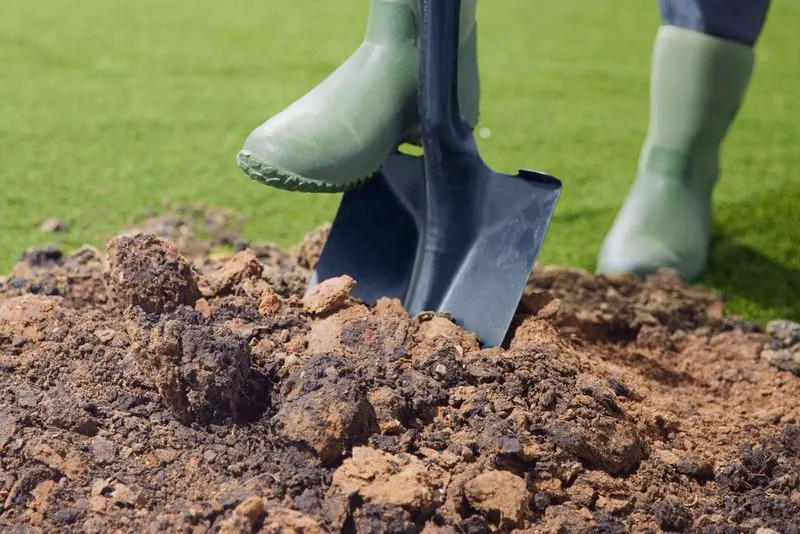
Mixing sand into clay soil to improve drainage seems logical but often backfires. Instead of creating loamy soil, it creates a cement-like consistency that hampers root growth.
For better results, incorporate organic matter such as compost or well-rotted manure. This improves soil structure and boosts drainage without compacting the soil.
Organic matter enhances soil health by promoting beneficial microbial activity, which aids nutrient absorption. Avoid turning your garden into a hardpan; opt for organic amendments instead.
Myth 5: Coffee Grounds are a Universal Fertilizer
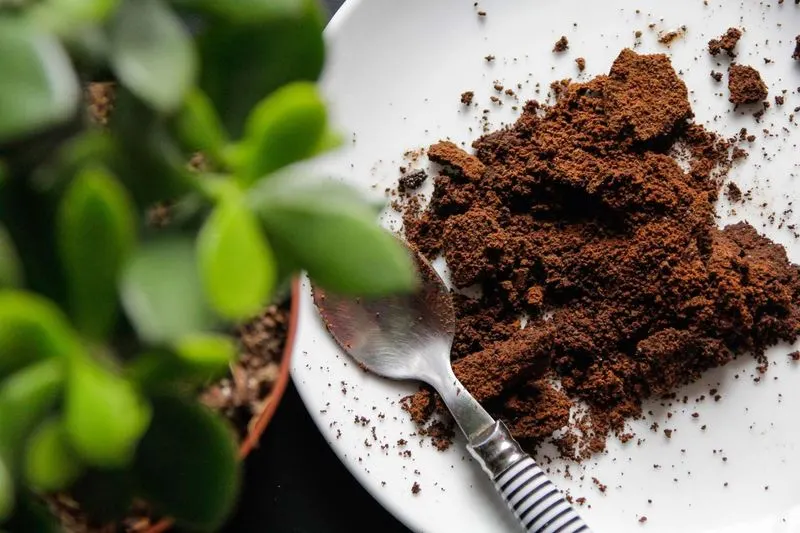
Coffee grounds are often touted as a universal fertilizer, but their benefits vary. While they add organic material, they don’t provide complete nutrition.
High nitrogen content may benefit acid-loving plants, but moderation is crucial. Excessive use can lead to imbalanced soil pH and hinder growth.
It’s best to incorporate them into compost, where they can break down and contribute to a balanced nutrient mix. Understanding plant-specific needs ensures coffee grounds are an asset, not a hindrance.
Myth 6: Young Trees Need Staking for Support

Staking young trees is a common practice, yet unnecessary for many. Trees develop stronger roots and trunks when allowed to move naturally.
Over-staking can weaken a tree’s stability by preventing natural swaying, which encourages root growth. If staking is essential, ensure ties are loose and removed once the tree stabilizes.
Observing the tree’s growth will guide you in determining if support is needed. Avoid routine staking unless specific conditions demand it, such as high winds or loose soil.
Myth 7: Fertilizer is Always Necessary for Healthy Plants
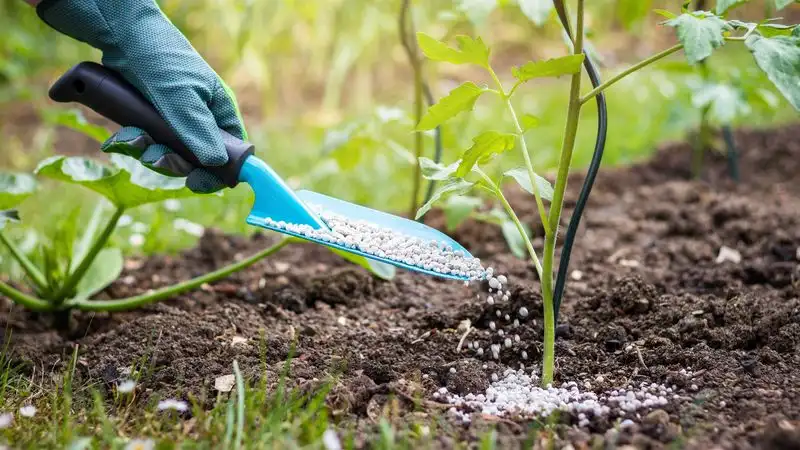
Fertilizers are not a universal requirement for healthy plant growth. Often, rich soil provides sufficient nutrients without additional help.
Over-fertilizing can harm plants, leading to nutrient burn and imbalanced growth. Soil testing reveals existing nutrient levels, guiding appropriate fertilization practices.
In many cases, organic matter and mulching suffice for maintaining soil fertility. Prioritize natural solutions and only supplement with fertilizers when absolutely necessary.
Myth 8: Pruning During Dormancy is Best
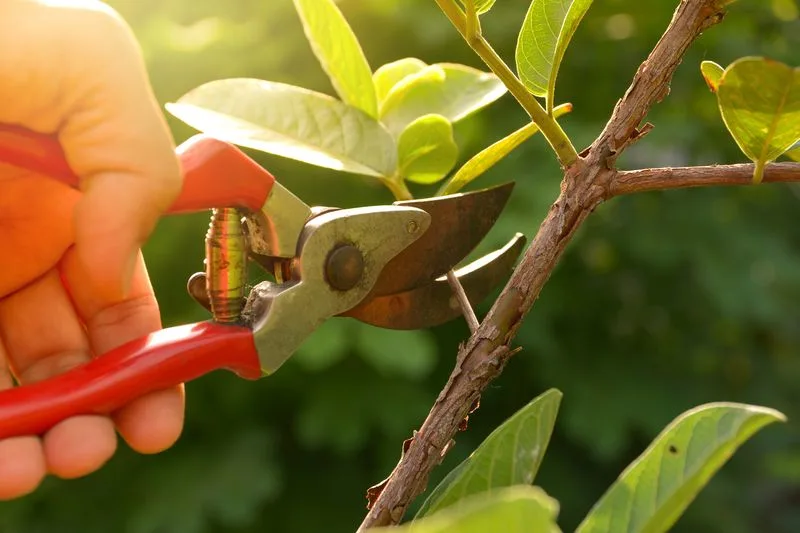
Pruning during dormancy is commonly advised, but timing really depends on the plant species. While winter pruning suits many, others benefit from being pruned right after blooming.
For example, spring-flowering plants form buds in the previous year, so winter pruning would remove these potential blooms. Understand the growth patterns of your plants to optimize pruning schedules.
Regular pruning supports plant health and encourages vigorous growth. Tailor your approach to the specific needs of each plant for best results.
Myth 9: All Bugs are Bad for Your Garden
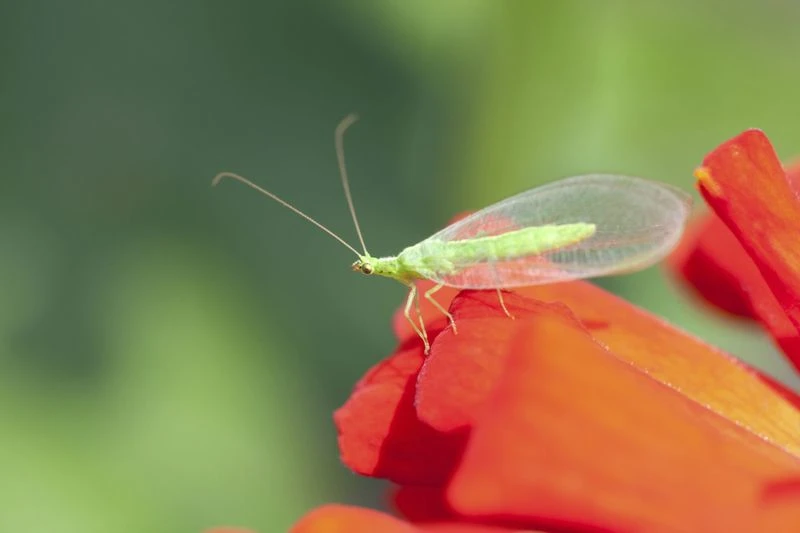
It’s a common misconception that all bugs are detrimental to gardens. Many insects, like ladybugs and bees, play vital roles in pollination and pest control.
Beneficial insects help maintain ecological balance, reducing the need for chemical interventions. Encourage their presence by planting diverse flora and avoiding broad-spectrum pesticides.
Identifying friend from foe is key. Learning about the insects in your garden empowers you to make informed decisions and cultivate a thriving, balanced ecosystem.
Myth 10: Eggshells Deter Slugs Effectively
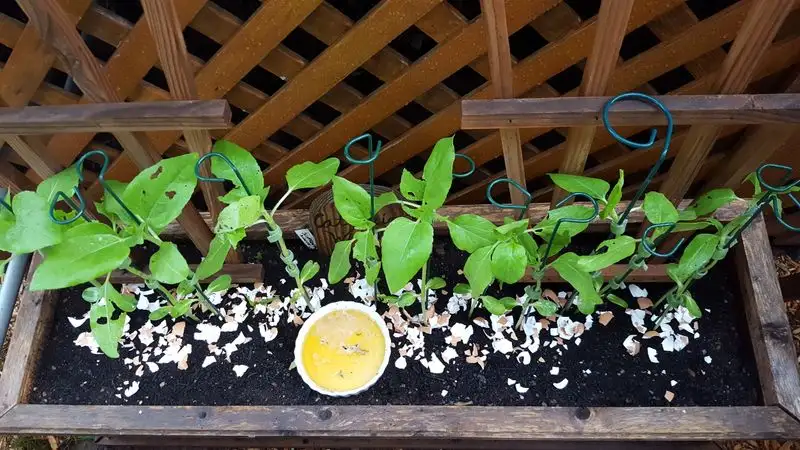
Using eggshells as a slug deterrent is widely believed, yet evidence is sparse. While the sharp edges might deter some, persistent slugs often find their way through.
Eggshells do, however, enrich soil with calcium when they decompose. Instead of relying solely on them, consider a combination of methods like copper tape, beer traps, or handpicking.
Variety in pest control methods increases effectiveness. Relying solely on eggshells could leave your garden vulnerable to slug damage.
Myth 11: All Plants Like Full Sun
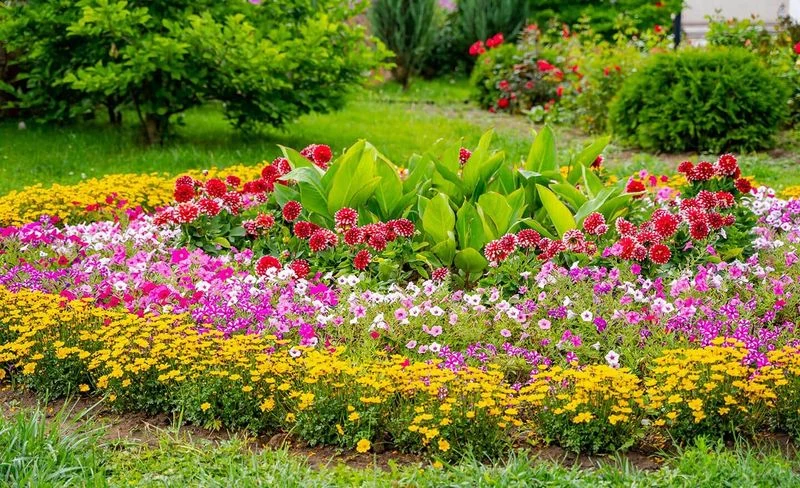
The belief that every plant thrives in full sun overlooks the diversity of plant needs. While some bask in sunlight, others prefer partial shade to flourish.
Understanding light requirements is crucial for plant health. For instance, hostas and ferns thrive in shaded areas, while tomatoes and sunflowers demand more sun.
Assess your garden’s conditions, noting sun and shade areas, to place plants where they’ll perform best. Tailoring your garden layout to accommodate light preferences supports vigorous growth.
Myth 12: Deadheading Keeps All Plants Blooming
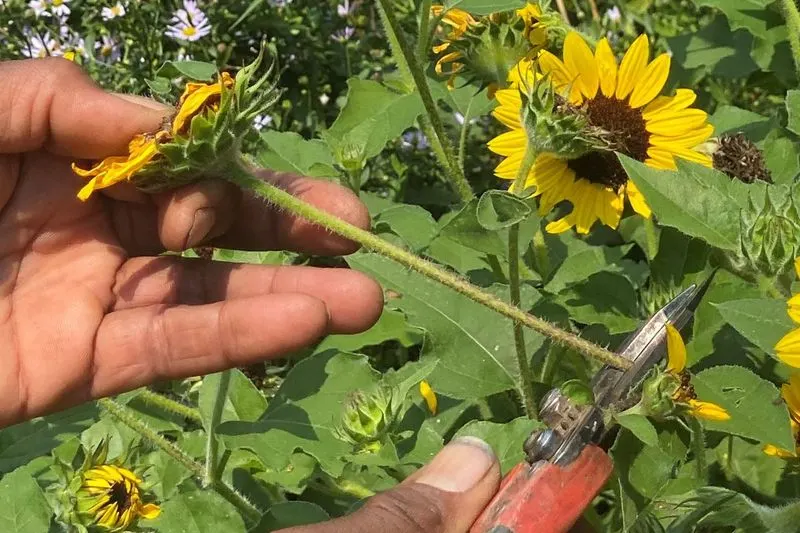
Deadheading, or removing spent blooms, promotes flowering in many species but isn’t universal. Some plants, like peonies, don’t rebloom regardless of deadheading.
Understanding plant-specific responses to deadheading helps manage expectations. For reblooming varieties, this practice can extend flowering periods and improve plant appearance.
A well-timed deadhead can also prevent unwanted seed production, redirecting energy to root and foliage growth. Knowing when and what to deadhead keeps your garden vibrant.
Myth 13: Peat Moss is Essential for Soil Improvement
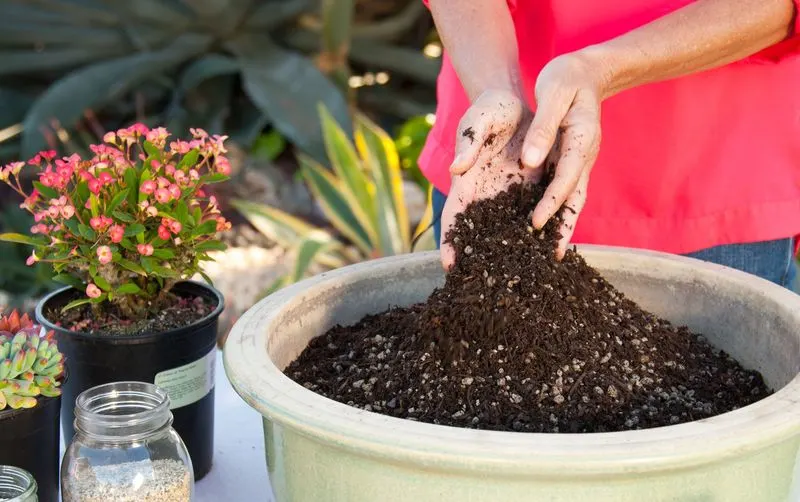
Peat moss is often recommended for soil improvement, but it’s not a necessity. While it enhances moisture retention, it’s not sustainable due to its slow regeneration.
Alternatives like coconut coir offer similar benefits without environmental impact. Compost and well-rotted manure also enrich soil effectively.
Choosing sustainable options aligns your gardening practices with environmental stewardship. Peat moss can be substituted without compromising soil health.
Myth 14: You Can’t Over-Mulch
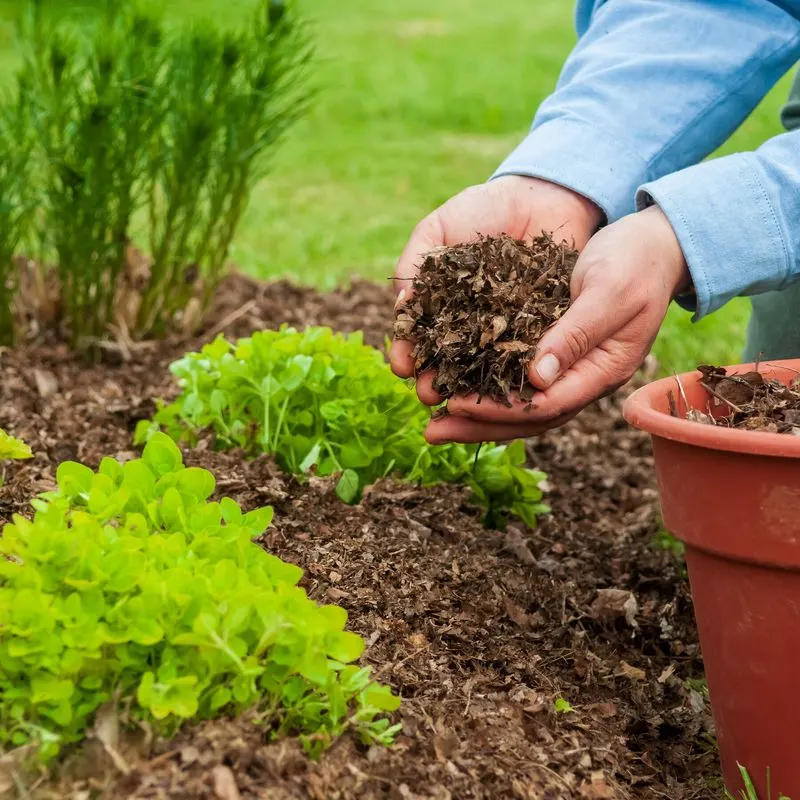
While mulch offers numerous benefits, excessive mulching, or “volcano mulching,” can harm plants. Thick layers suffocate roots and promote rot.
Optimal mulching involves spreading a few inches evenly, avoiding contact with plant stems. This method conserves moisture, regulates temperature, and suppresses weeds.
Regularly assess mulch depth and replenish as needed, maintaining balance. Proper mulching practices ensure a healthy garden environment.
Myth 15: Bigger Pots Mean Bigger Plants
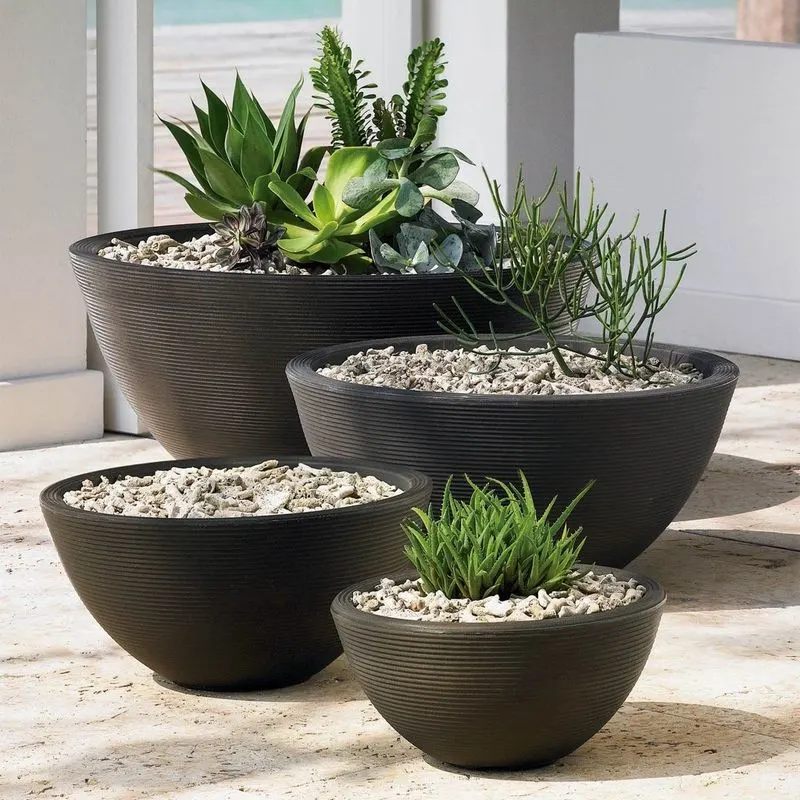
Choosing a large pot for plant growth might seem like a good strategy, but it can lead to issues. Oversized pots retain excess moisture, causing root rot.
More appropriately sized pots encourage healthy root development and prevent waterlogging. Gradually increasing pot size as the plant grows is a more effective approach.
This ensures roots have ample space without overwhelming the plant. Proper pot sizing supports thriving plants by allowing balanced growth.
Myth 16: Raking Leaves is Essential for Lawn Health
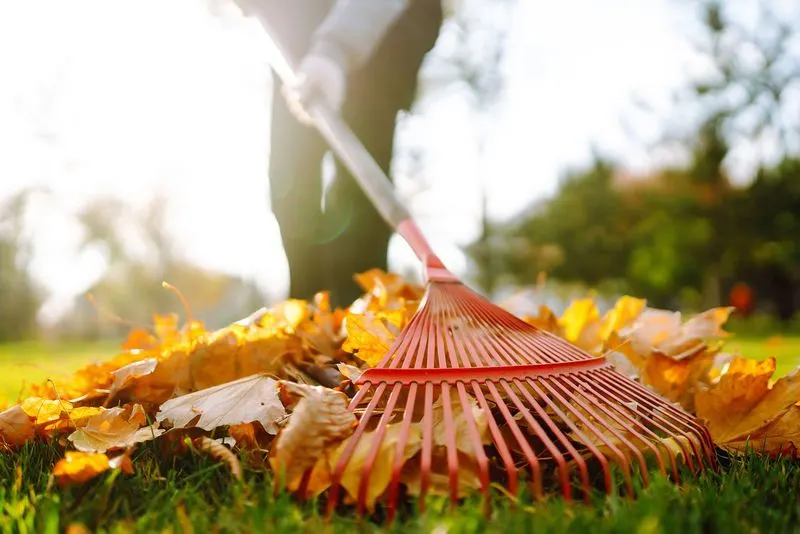
While a tidy lawn is appealing, raking leaves isn’t always necessary. Leaves decompose, enriching the soil and providing habitat for beneficial organisms.
Instead of raking, consider mulching leaves into the lawn. This process returns nutrients to the soil, enhancing lawn health without labor-intensive cleanup.
Assess your lawn’s needs to determine if raking is essential. Embracing natural processes can lead to a healthier garden ecosystem.
Myth 17: All Plants Need Fertilizer in Spring
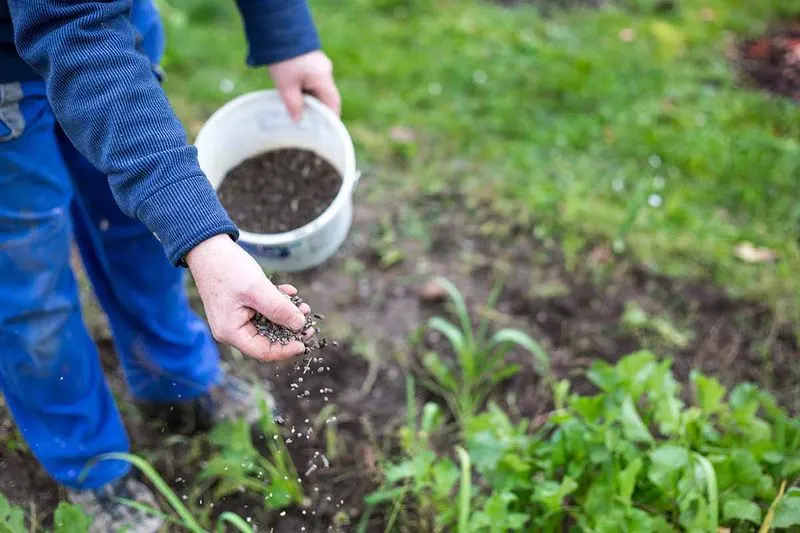
Spring fertilization is not a one-size-fits-all solution. Some plants, especially established ones, may not require additional nutrients if soil quality is high.
Soil testing is a valuable tool for determining nutrient needs. Tailor fertilizer applications to specific plant requirements for optimal growth.
Relying on soil health reduces unnecessary fertilization and encourages robust growth. Understanding plant nutrition needs ensures your garden thrives.
Myth 18: Gravel Improves Pot Drainage
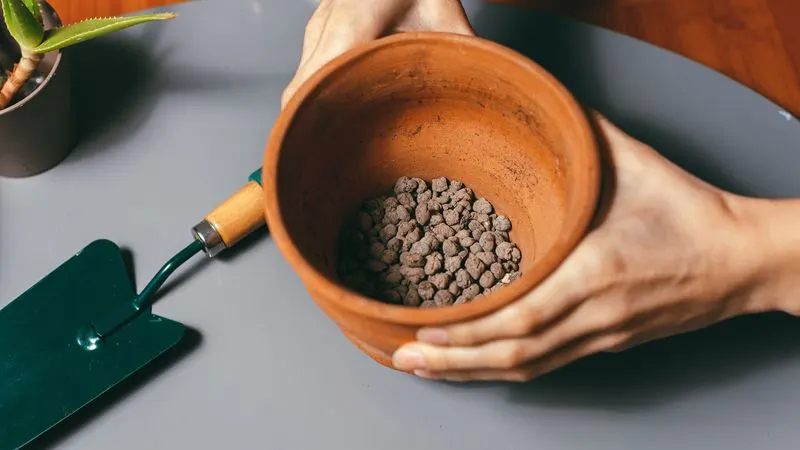
Placing gravel at the bottom of pots is a common practice meant to improve drainage, but it can actually impede it. Water tends to pool at the gravel layer, increasing the risk of root rot.
Instead, use high-quality potting soil that retains moisture and promotes drainage. Ensure pots have adequate drainage holes and avoid overwatering.
Adopting proper potting techniques fosters healthier root environments, supporting vigorous plant growth. Skip the gravel for better drainage outcomes.

